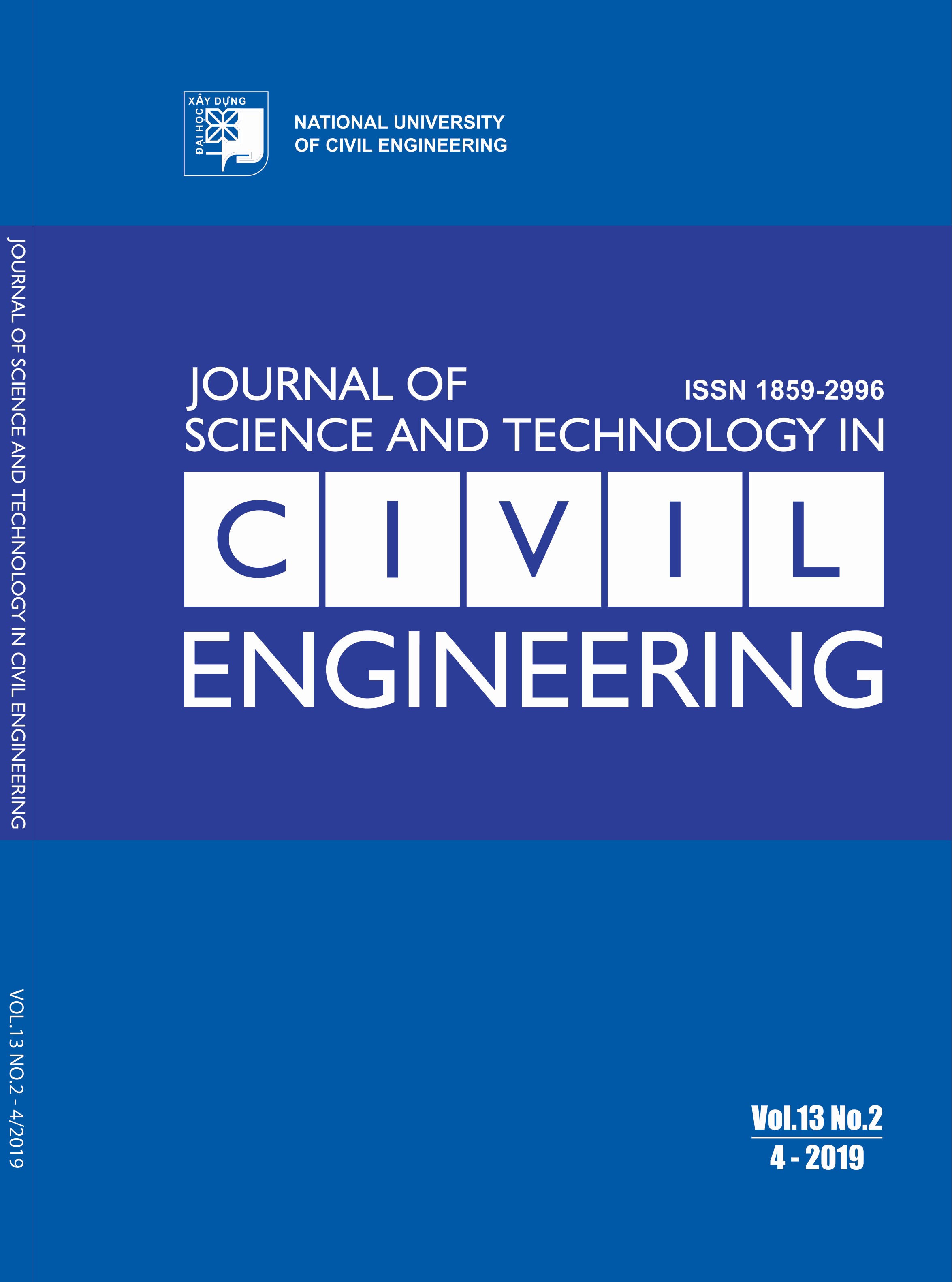The importance of public spaces to social integration for young migrant workers in Hanoi
Abstract
In Hanoi, there are currently tens of thousands of migrants working in peri-urban industrial zones and small-scale private manufacturing workshops in the inner city and construction sites. Many of them live in precarious houses, where the quality of life is rather poor, and they travel with little integration. For this reason, this project has been carried out and investigated how public spaces are used by the migrant workers, hereby finding out the difficulties they may have encountered while trying to integrate into the local community and suggesting some solutions to their integration by means of public space design. The main research methods include the qualitative survey with half-structured interviews conducted in three wards: Truong Dinh, Thuy Phuong and Sai Dong. The research outcomes reveal the most frequently-visited places among young migrant workers. It is noticeable that they do not go there very often. The main reason for this fact is that they do not have enough time or money. In addition, there is a lack of good-quality public space near their homes and their understanding of the importance of public space remains incomplete. This study also suggests that how those public buildings could be created for those workers to attend public activities. Then social connections will be cemented.
Keywords: migrant workers; social integration; public spaces.
Downloads
Copyright (c) 2019 National University of Civil Engineering

This work is licensed under a Creative Commons Attribution-NonCommercial-NoDerivatives 4.0 International License.
1. The Author assigns all copyright in and to the article (the Work) to the Journal of Science and Technology in Civil Engineering (JSTCE) – Hanoi University of Civil Engineering (HUCE), including the right to publish, republish, transmit, sell and distribute the Work in whole or in part in electronic and print editions of the Journal, in all media of expression now known or later developed.
2. By this assignment of copyright to the JSTCE, reproduction, posting, transmission, distribution or other use of the Work in whole or in part in any medium by the Author requires a full citation to the Journal, suitable in form and content as follows: title of article, authors’ names, journal title, volume, issue, year, copyright owner as specified in the Journal, DOI number. Links to the final article published on the website of the Journal are encouraged.
3. The Author and the company/employer agree that any and all copies of the final published version of the Work or any part thereof distributed or posted by them in print or electronic format as permitted herein will include the notice of copyright as stipulated in the Journal and a full citation to the Journal as published on the website.







